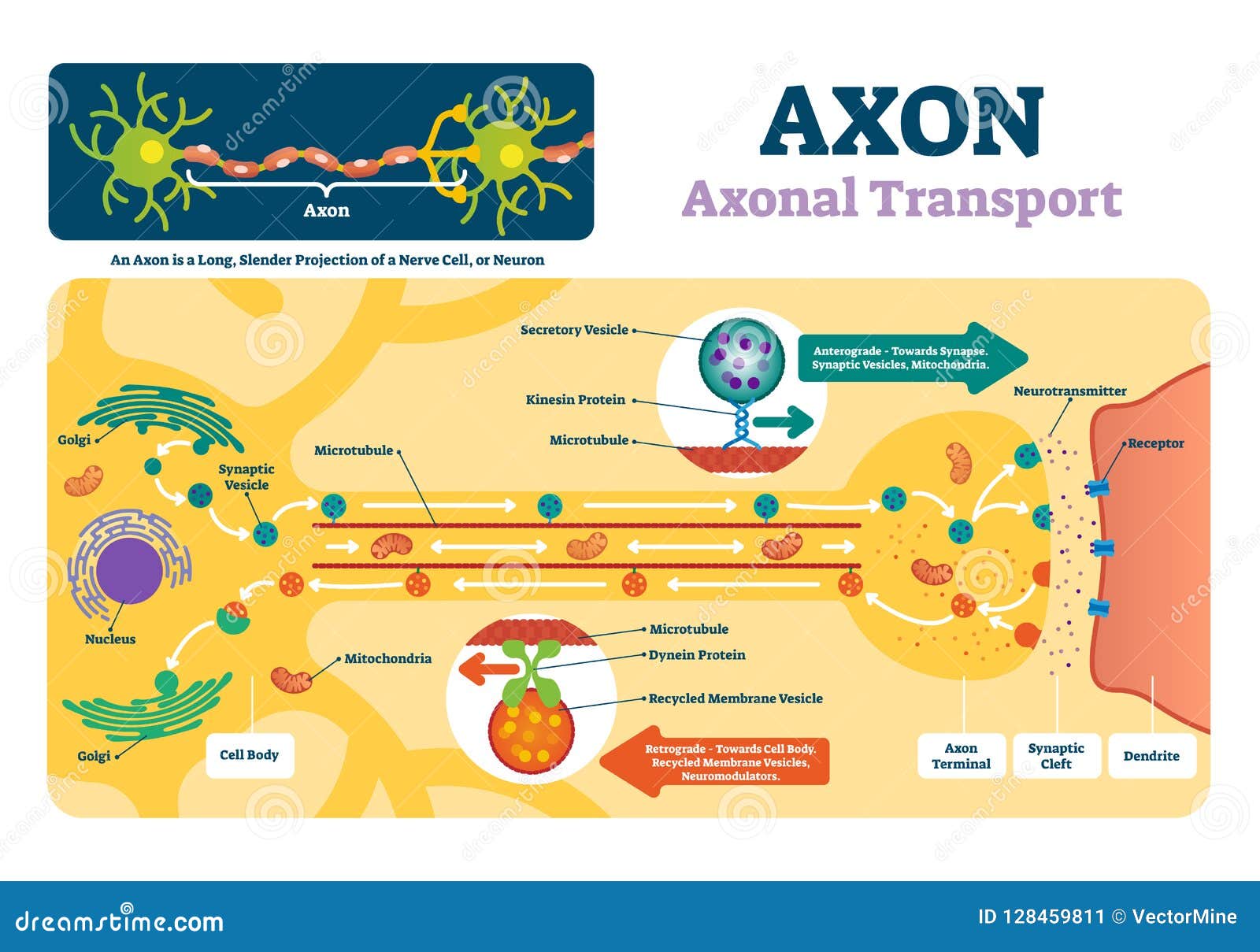
One final thing you may know about the axon is that it sometimes is blanketed in a myelin sheath, a fatty substance that protects the axon and increases the speed of signal transmission. Depending on the activated receptors, the target cell can be excited, inhibited, or have an altered metabolism.The neurotransmitter binds to receptors activated by the neurotransmitter chemical.The neurotransmitter is released from the presynaptic neuron.The increasing calcium concentration signals synaptic vesicles to fuse with the axon’s membrane and empty neurotransmitter chemicals.Calcium ion channels in the axon’s membrane open.The synaptic process follows these steps (often in less than a 1000th of a second!): There is an exception to this rule however – some types of neurons with short axons carry graded electrochemical signals with variable amplitude. Action potentials are “all-or-nothing” signals, meaning they travel from one end of the axon to the other without any reduction in size. Most axons carry action potentials – electrochemical impulses that begin at the cell body and travel along the axon, terminating at points where the axon makes a synaptic connection with its target cell. 1 per customer (but a single axon can have many branches).Can be very long – (The longest axons in the human body run from the base of the spinal cord to the big toe of each foot!).Generally consistent in shape and radius throughout (may be thicker near the cell body).

Bundles of axons are called nerves, and are the primary transmission lines of the nervous system. The axon is a long projection from a neuron’s body, and is typically quite thin – thus making it also particularly hard to trace! Axons are messengers, transmitting information to neurons, muscles, and glands. Let’s take a closer look at a couple important structures that help neurons do their jobs! Axon

Can’t get enough Versus competitions? Can’t get enough neuroscience? Don’t worry, we’re here with a head-to-head battle that will satisfy your cravings for both!


 0 kommentar(er)
0 kommentar(er)
